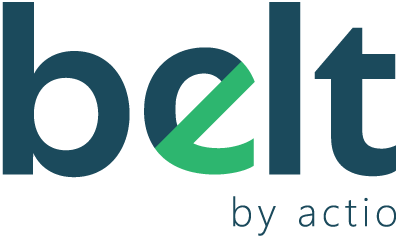We’ve previously explored how compliance and corporate governance are more than just formalities—they’re strategic investments that contribute to long-term business success. But today, one acronym is dominating conversations across industries: ESG. In this post, discover what ESG really means and how to implement it effectively.
Environment, Social, and Governance
ESG stands for Environmental, Social and Governance—three key pillars that define responsible corporate behavior. In an era marked by climate change, social justice movements, and growing demands for transparency, companies must take proactive steps to integrate sustainability and ethical practices into their operations.
This isn’t a job for a single department. ESG must be embedded into company culture, influencing every area of the organization and guiding executive decision-making. Not only because it's a regulatory and societal expectation, but also because it can become a strategic differentiator.
What you will find on this blog:
ToggleESG: Strategies and Trends for 2025
When ESG is approached strategically, it transforms from a challenge into a competitive edge. Embedding ESG principles into corporate culture and making proactive compliance decisions are essential steps.
Need an example?
In 2023, a major retail corporation disclosed accounting discrepancies totaling over $4 billion USD, leading to bankruptcy proceedings, mass layoffs, and criminal investigations. Despite having audit and governance committees, systemic failures allowed financial misreporting to go unnoticed.
According to Alexandre di Miceli, Ph.D. in Business Administration and Finance, “There were warning signs that should have alerted investors and minority shareholders about the risks the company posed.”
Additionally, like in many other areas, artificial intelligence is now a game-changer for ESG and compliance. When used ethically, AI can boost productivity, improve outcomes, and reduce human error.
ESG, Compliance, and AI: A Practical Guide to Get Started

✅ 1. ESG Risk Assessment and Mapping
Begin with a comprehensive analysis of your company’s environmental, social, and governance risks. Industries like paper, steel, and mining face stronger investor scrutiny on ESG criteria. Ignoring these factors can drive away investments and damage reputation.
✅ 2. Ethical Guidelines and AI Governance
As AI usage increases, it's critical to establish a clear ethical framework. Global companies are adopting AI cautiously, emphasizing the need for non-negotiable principles to ensure responsible implementation.
✅ 3. Strengthen the Culture of Integrity
Robust compliance systems are not enough—it's essential to foster an organizational culture grounded in integrity and accountability. Experts argue that a strong ESG culture could have prevented major corporate scandals.
✅ 4. Digital Compliance and Cybersecurity Policies
With rising cyber threats, companies must adopt solid digital compliance and security policies, including training programs, legal safeguards, and risk-mitigation strategies.
✅ 5. Promote Diversity in Leadership
Diversity in leadership is a cornerstone of the ESG social pillar. Programs around the world are working to increase representation of underrepresented groups in boardrooms to foster equity and inclusion.
✅ 6. Set Measurable Sustainability Goals
Define clear, measurable sustainability targets. For instance, some infrastructure companies have committed to using 100% clean energy by the end of 2025, showcasing their dedication to environmental responsibility.
✅ 7. Engage Continuously with Stakeholders
Maintain transparent communication with investors, clients, and employees regarding your ESG and compliance initiatives. Leading financial institutions affirm that ESG is not just a trend but a fundamental aspect of sustainable business.
It's easy to be overwhelmed by so many steps. That's why a too that transforms challenges in results is essencial. That's Belt by Actio.
Strategic ESG with Belt by Actio
Managing ESG effectively requires more than good intentions—it demands the right tools. Our solution, Belt by Actio, transforms complex compliance challenges into manageable, data-driven processes.

With advanced risk analysis, data integration, and seamless compatibility with tools like Microsoft Power BI and Teams, Belt empowers your business to turn corporate responsibility into daily practice.
Follow us on our social media accounts - LinkedIn, Facebook and Instagram - to access more pratical tips






